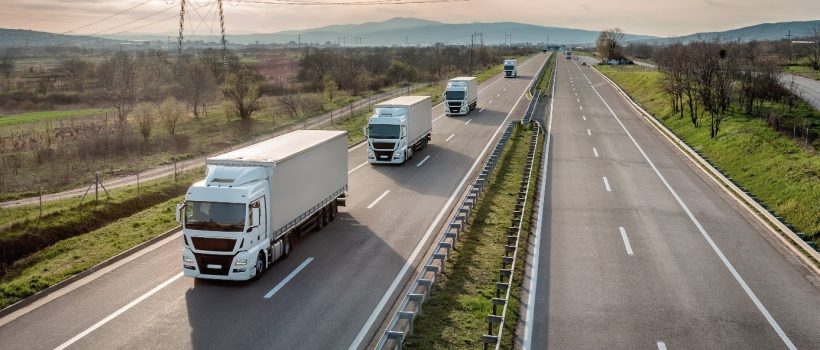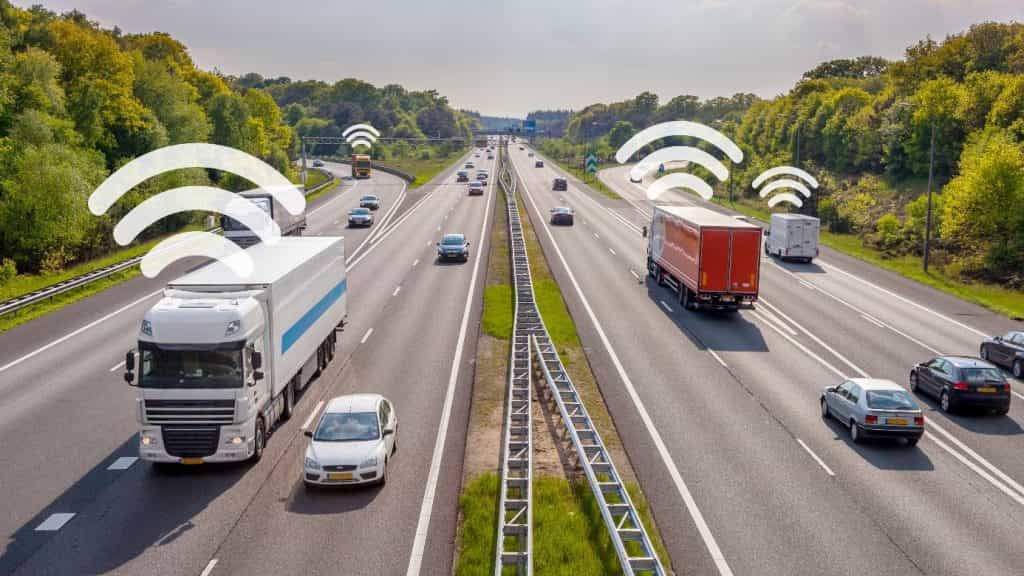COVID-19 has challenged businesses all over the world. While restrictions may be easing in many regions, few companies in any industry can simply return to business as usual. Changes will need to be made and companies will need to adapt.
For transport companies, ensuring key essential workers can continue to work safely, flexible planning, a healthy work environment, and developing a cost-effective business model around the constraints are high priorities. But how are companies achieving that?
This blog looks at how many transport businesses are adapting to deal with today’s new challenges and how telematics can help deal with some of the most pressing issues.
New processes, procedures and service models Reducing transmission
Minimizing human-to-human contact is now a priority for many companies. As such, policies that encourage contactless interactions at truck stops, with store workers and with dock workers is vital to lessen the health risk.
To manage this, many transport companies are going paperless by using electronic invoicing for fuelling, deliveries, and other tasks, when possible. Further, for unloading cargo, it’s crucial to contact facilities in advance to make an appointment to ensure proper safety precautions.
Health and safety expectations evolve
Actions that ensure the safety of transport workers also ensure the circulation of essential goods across the world. That’s why it is paramount that companies implement adequate new procedures and processes amidst COVID-19.
Maintaining a safe distance between the drivers/co-workers and the customer throughout the visit and equipping staff with gloves, face masks, and other protective clothing are both essential. Consider virtual driver training methods and in-vehicle monitoring systems where possible.
Enforcing new procedures that align with government and health official guidelines will play an integral part in ensuring your business can continue its work.
A more resilient business model
The way goods are delivered will also need to evolve to minimize contact and maintain safe distances where possible. More companies are developing policies and technologies that encourage contactless workflow, like no signature deliveries.
Also, scheduling driver routes and jobs to allow for adequate rest to avoid fatiguing busy drivers or increasing their health risk is even more important at this time.
Further, a contingency plan if one of your employees falls ill will ensure business continuity. This plan should include where to stop, where and how to seek medical advice and treatment and arrangements for any ad-hoc freight delivery.
How can vehicle telematics and fleet data help?
Vehicle telematics, fleet data, and fleet management solutions can support transport businesses to adapt to these new challenges in several key ways.
Remote fleet management
While businesses are re-opening, remote working (either part-time or full-time) will remain the norm for many. WEBFLEET is available on desktop, tablet and mobile and easily accessible from devices anywhere. So, regardless of where you are based, you can monitor vehicles and drivers, manage driving time compliance and communicate and support your drivers on the road.
More workflow digitization
Many companies who still rely on physical paperwork and manual processes may find it challenging to maintain that workflow at a time when many of their administrative staff works from outside the office. Digitizing paperwork and automating more of the workflow gives you more control in the transition to a less centralized workplace simpler.
A fleet management solution will also help your team benefit from flexible planning. From adding new vehicles to your fleet to monitor driving performance and tracking the location of your vehicles, many crucial tasks can be done from a distance. Also, you can dispatch dynamically in an unpredictable environment with Order Management.
Keeping costs under control
During these challenging times, it is understandable that many businesses are focusing on keeping costs under control. A fleet management solution like Webfleet can help with that while also providing a more resilient infrastructure and allow you to focus on the most strategic applications.
Webfleet gives you visibility over your vehicle and driving data to help you gain valuable insights that will help you answer the following questions:
- Are your vehicles operating as efficiently as possible? Could you be completing more jobs?
- Are your drivers behaving in a way that is unnecessarily increasing your fuel costs or repair costs? How could they improve their driving style to keep these costs under control?
- Could you do more to help your key personnel say safe on the road and avoid overwork and stress?
As restrictions loosen and businesses get back to work, it’s crucial you plan effectively to meet the new challenges and standards of today. Would you like to speak to one of our experts about how telematics can help you do this? If so, we’d love to chat with you.













